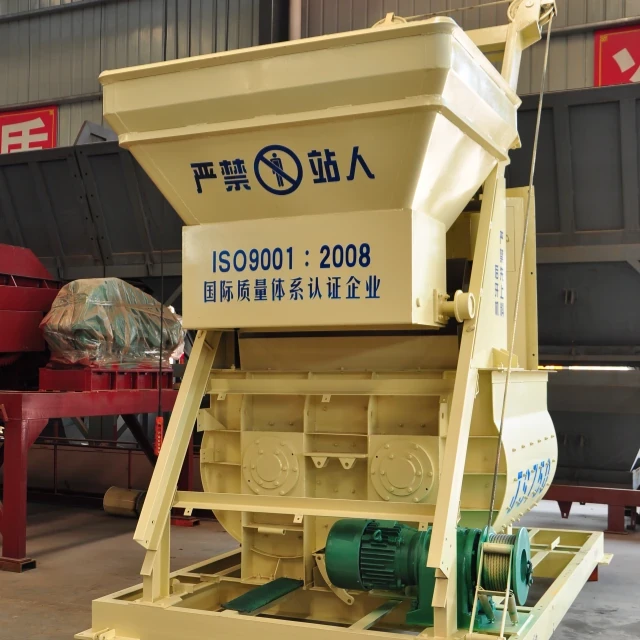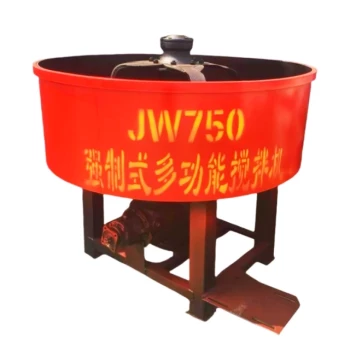Introduction
Concrete transportation logistics remain one of the most overlooked yet critical factors in preventing construction delays. When mixing stations, fleet capacity, and pouring sites aren’t synchronized, projects face costly downtime, material waste, and labor inefficiencies. This article reveals how data-driven vehicle scheduling bridges these gaps—using real-time analytics to align mixer truck deployments with batching plant outputs and site conditions. Whether you’re managing urban high-rises or rural infrastructure, these strategies ensure just-in-time deliveries while maximizing resource utilization.
Concrete Transportation Logistics Optimization
Balancing Mixing Station Output and Fleet Capacity
Concrete’s perishable nature demands precision. If mixer trucks arrive too early, hydration begins before placement; delays risk cold joints or rejected batches. The solution lies in matching mixing cycles to fleet availability:
- Batching Plant Synchronization: Track production rates (e.g., 120 m³/hour) against truck capacities (typically 9–12 m³ per vehicle). Deploy algorithms to stagger departures, avoiding plant congestion or idle trucks.
- Load Optimization: Overloading trucks increases wear (especially on drum brakes) and violates road regulations. Underloading wastes fuel. Digital load sensors paired with scheduling software ensure 95–98% capacity utilization per trip.
Ever wondered why some projects always seem to have a mixer truck waiting? Often, it’s a sign of static schedules ignoring real-time batching variables.
Critical Distance-Time Calculations for Vehicle Routing
Travel time isn’t just about miles—it’s shaped by traffic patterns, road gradients, and even weather. For example:
- Urban Projects: Use GPS telemetry to reroute trucks around congestion. A 15-minute detour may save 30 minutes of idle time at the site.
- Rural Infrastructure: Prioritize routes with fewer stops (e.g., avoiding weigh stations) to maintain concrete slump.
Pro Tip: Integrate weather APIs into dispatch systems. High temperatures accelerate slump loss, requiring tighter time windows (≤90 minutes transit).
Advanced Resource Coordination Strategies
Dynamic Scheduling Based on Pouring Site Conditions
Pouring sites are dynamic environments. A delayed crane or unexpected rework can bottleneck deliveries. Adaptive scheduling tools address this by:
- Live Site Updates: Foremen flag delays via mobile apps, triggering automatic rescheduling (e.g., diverting the next truck to another site section).
- Buffer Zones: Park 1–2 trucks near large pours. If primary mixers are delayed, buffers prevent work stoppages without overcommitting the fleet.
Imagine a tower crane breakdown stalling concrete placement. Without dynamic adjustments, the entire fleet stacks up—costing $200/hour per idle truck.
Digital Tools for Real-Time Fleet Optimization
Modern telematics go beyond tracking. They enable:
- Predictive Maintenance: Vibration sensors on drum motors alert to bearing wear before failures strand trucks mid-pour.
- Fuel Efficiency: AI-driven routing reduces idle time (a 10% cut saves ~$8,000 annually per truck).
Brands like Garlway integrate these features into winch and mixer systems, ensuring compatibility with fleet management platforms.
Conclusion: Building Smarter with Data
Optimizing concrete logistics isn’t about more trucks—it’s about smarter coordination. By syncing batching plants, routing, and site conditions through data, teams reduce costs by up to 20% and eliminate 90% of delay-related disputes.
Actionable Steps:
- Audit current fleet utilization with telematics.
- Pilot dynamic scheduling tools for high-priority projects.
- Train dispatchers on real-time adjustment protocols.
For fleets leveraging Garlway equipment, explore integrations with IoT-enabled winches and mixers to automate load and route optimizations. The future of construction isn’t just stronger materials—it’s smarter logistics.
Related Products
- HZS75 Concrete Batching Plant Cement Mixer Price Concrete Mixer Bunnings Mixing Plant
- HZS120 Ready Mix Concrete Batching Plant Commercial Mud Cement Mixer
- HZS180 Ready Mix Concrete Plant for Foundations with Sand and Cement
- HZS35 Small Cement Concrete Mixing Batch Plant
- Portable Concrete Mixer Machine Equipment for Mixing Concrete
Related Articles
- How to Prevent Water Supply Freezing in Concrete Mixing Stations: Winter-Proof Strategies
- How to Choose Between Concrete and Stabilized Soil Mixing Plants for Optimal Project Performance
- How to Diagnose, Repair, and Prevent Cylinder Leaks in Concrete Mixing Stations
- Optimizing Concrete Plant Storage: How to Balance Capacity, Compliance, and Costs
- Optimizing Infrastructure Efficiency: How to Choose Between Concrete and Stabilized Soil Mixing Plants












